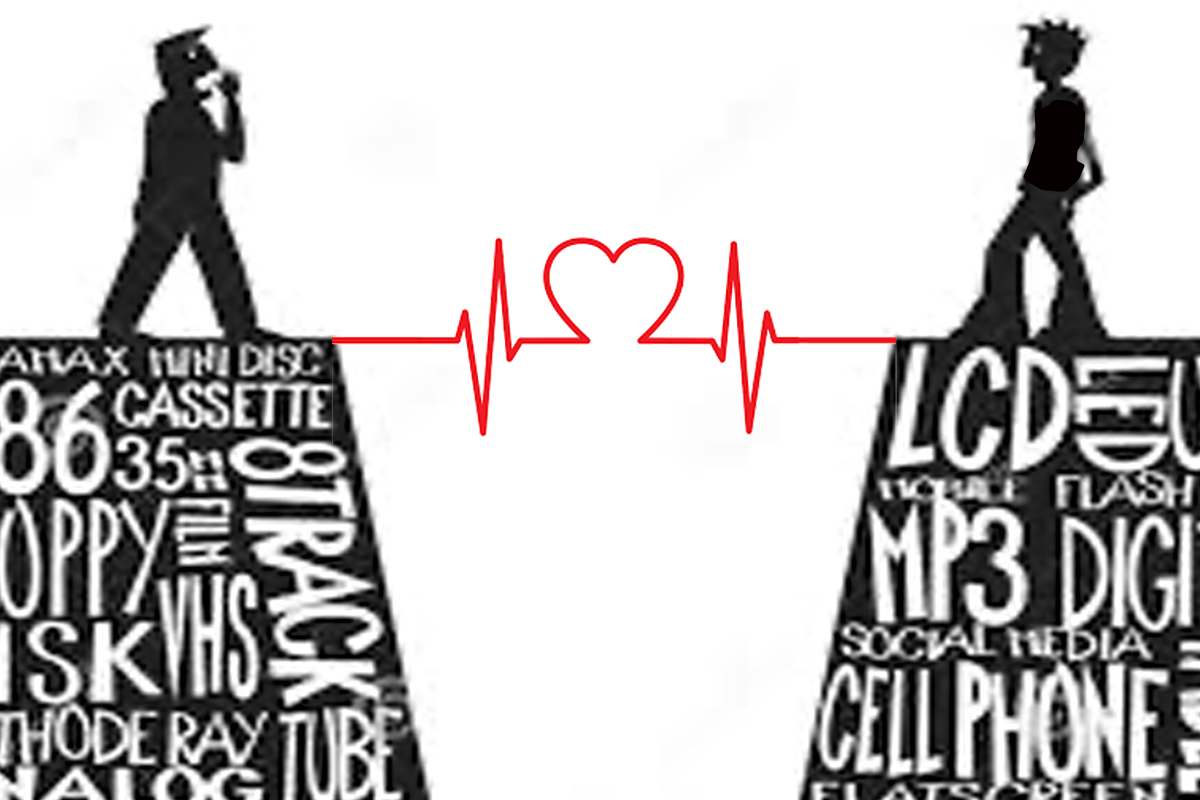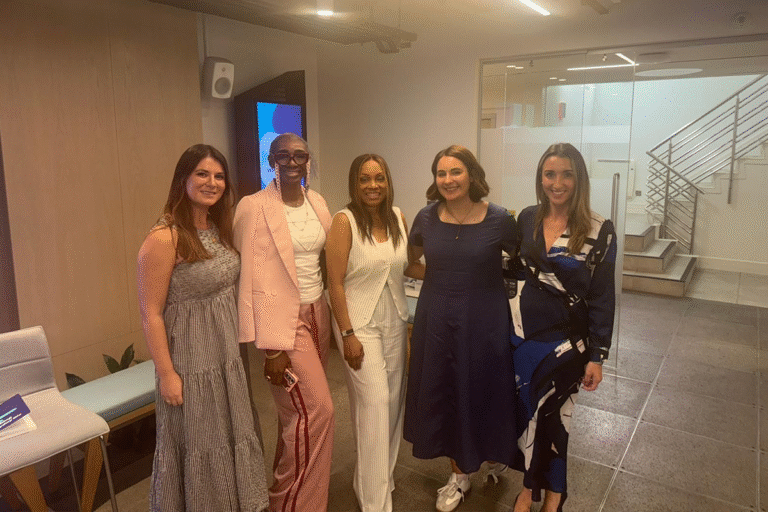Why This Matters Now
We are entering a historic moment. By 2030, nearly one in five people in the workforce will be over 65. This demographic shift presents both challenges and opportunities. On one side, younger professionals are stepping into industries where technology moves at breakneck speed. On the other, experienced professionals carry decades of knowledge, resilience, and wisdom that risk being lost if not shared.
Coaching and mentoring are the bridges that connect these worlds. They are not the same, but together they create a dynamic exchange of skills, insight, and inspiration. Coaching helps people unlock their own potential through guided discovery, while mentoring allows for wisdom, experience, and advice to be passed down.
The result is not only stronger individuals but stronger communities, workplaces, and societies. This is personal for me — because my own journey has been shaped by combining traditional coaching with unconventional modalities like technology, NLP, hypnosis, and personal development.
1. Coaching vs Mentoring: Understanding the Difference
Although the words are often used interchangeably, they are distinct practices:
Coaching is forward-focused. A coach doesn’t need to be an expert in your field — their role is to ask the right questions, hold up a mirror, and help you uncover your own solutions. Think of it as unlocking what’s already within.
Mentoring is experience-focused. A mentor has walked the path you’re on and offers guidance, shortcuts, and stories from their journey. Think of it as gaining access to someone else’s map.
Why both matter:
Coaching develops self-reliance and adaptability, crucial in times of rapid change.
Mentoring preserves and transfers wisdom, ensuring valuable lessons aren’t lost as generations shift.
Together, they create a powerful cycle: coaching helps you become, mentoring helps you belong.
2. The Coming Generational Shift
By 2030, a significant proportion of the workforce will be approaching or beyond 65. This reality raises questions:
How do we retain their wisdom before retirement?
How do we prepare younger generations to lead industries reshaped by AI, sustainability, and global complexity?
How do we bridge cultural, technological, and generational gaps?
The answer isn’t in choosing one approach over another. It’s in cultivating intergenerational spaces where coaching and mentoring intertwine. Younger professionals bring fresh perspectives, digital fluency, and adaptability. Older professionals bring resilience, lived experience, and context. Together, they can co-create a workforce that is not only skilled but inspired.
3. My Journey: Blending Modalities Into Coaching
My own path into coaching wasn’t linear. I came from a background in technology and leadership, often in industries undergoing rapid change. Over the years, I realised that transformation wasn’t just about systems or strategies — it was about people.
This led me to study NLP (Neuro-Linguistic Programming), hypnosis, and personal development practices. These tools taught me how language, mindset, and subconscious patterns shape behaviour and potential. When I began integrating these modalities into my coaching sessions, something powerful happened:
Clients broke through limiting beliefs faster.
They didn’t just adopt strategies; they embodied them.
Transformation became holistic — blending the rational with the emotional, the conscious with the subconscious.
For example, using tech frameworks in parallel with NLP, I help professionals reframe challenges as “debugging processes.” With hypnosis, I’ve guided individuals into deeper relaxation states where creativity and confidence flow more freely. By combining personal development with business transformation, clients see results that are both professional and deeply personal.
4. Why This Matters Across Generations
Younger professionals often wrestle with imposter syndrome, uncertainty about their path, and pressure to perform in fast-moving industries. Older professionals may feel sidelined by digital change or worry their contributions aren’t valued.
Coaching and mentoring together help dismantle these barriers:
For younger professionals: Coaching builds confidence to trust their own abilities, while mentoring provides a safety net of wisdom.
For older professionals: Coaching reignites curiosity and adaptability, while mentoring validates their value by passing on lived experience.
This isn’t just about “helping individuals” — it’s about creating a mutual exchange where generations learn from one another. Imagine a 25-year-old teaching a senior leader about AI tools, while that leader shares stories about navigating crises, managing people, and sustaining long-term resilience. Both walk away changed.
5. Programmes That Inspire Change
There are already inspiring models where coaching and mentoring are used to bridge generational and cultural divides. Here’s a few worth highlighting that I have both coached and mentored rising stars:
STEM Ambassadors: A programme connecting professionals in science, technology, engineering, and maths with schools and young learners. It shows how mentorship can spark early curiosity and bridge the education-to-career pipeline.
STEMettes: A social enterprise that inspires and supports young women in STEM fields. By combining mentoring with role modelling, it empowers the next generation while addressing gender imbalances.
SoHo House A creative industry mentorship programme designed for Soho House members. It pairs experienced professionals with emerging talent across creative, entrepreneurial, and tech sectors. What makes it unique is its emphasis on community, networking, and cultivating opportunities that flow naturally within a diverse, global creative hub..
- Creative Mentor Network: A UK-based charity connecting underrepresented young creatives with mentors in the creative industries. It demonstrates how mentoring can create opportunities where access is limited.
Ventula:TechConnect:: An initiative by Ventula Consulting that brings together professionals to discuss challenges such as diversity, imposter syndrome, and progression in tech. It highlights how mentorship and peer-to-peer learning can drive inclusion in technology.
AllBright:A global career network that supports women through mentorship, skills development, and community. It provides a platform for both emerging and established leaders to share experiences, connect across industries, and champion female advancement.
- SuperMums:A global initiative that trains, coaches, and mentors parents and career changers in Salesforce and cloud technology skills. Beyond technical training, Supermums provides structured mentoring and peer support, helping participants build confidence, re-enter the workforce, and thrive in flexible digital careers.
These programmes prove the power of structured mentoring to open doors, inspire change, and foster diversity. When combined with coaching methods, they don’t just transfer knowledge — they help individuals develop the mindset to thrive in the opportunities mentorship opens up.
6. Practical Tips for Combining Coaching and Mentoring
For Coaches and Mentors
Blend frameworks: Use coaching questions (“What do you want to achieve?”) alongside mentoring advice (“Here’s how I approached this challenge”).
Leverage your modalities: If you have knowledge in NLP, hypnosis, or personal development, integrate them into your sessions to deepen impact.
Stay flexible: Some sessions may lean more toward coaching, others toward mentoring. Let the relationship evolve.
Encourage reverse mentoring: Allow younger professionals to share digital insights, creating a two-way exchange.
For Individuals Seeking Growth
Find both: Don’t just look for a mentor; seek a coach too. They will offer different types of support.
Be open: Growth happens when you share honestly and allow yourself to be challenged.
Pay it forward: As soon as you can, mentor someone else. The act of teaching reinforces your own learning.
Experiment with tools: Try journaling with NLP reframes, mindfulness to ground yourself before mentoring calls, or even tech productivity apps that track your growth journey.
7. The Call to Action: Become Part of the Change
The workplace of 2030 will not look like the workplace of today. Generational change, technological acceleration, and new social challenges mean we cannot afford to rely on one way of developing talent. Coaching and mentoring — together — offer the bridge.
If you are an experienced professional, your wisdom is needed. If you are early in your career, your perspective is invaluable. The point is not which side you’re on, but how willing you are to share, learn, and inspire.
For me, combining technology, NLP, hypnosis, and coaching has been a way of uniting the rational and the intuitive, the new and the timeless. For you, it may look different. But the key is this: step forward, get involved, and be part of the chain of growth.
Whether through formal programmes like STEM Ambassadors, STEMettes, or the Creative Mentor Network, or simply through personal commitment, every conversation can spark transformation. Every relationship can build a bridge.
Conclusion: Coaching + Mentoring = Reinvention
As we approach 2030, we stand at a generational and technological crossroads. Coaching alone cannot preserve wisdom. Mentoring alone cannot prepare us for the unknown. But together, they form a dynamic partnership — one that preserves knowledge, nurtures adaptability, and inspires continuous reinvention.
My journey has shown me that when you combine methods — technology, NLP, hypnosis, personal development — with the timeless principles of coaching and mentoring, you don’t just change careers. You change lives.
And that is the invitation I leave you with: don’t just take part in change — become the inspiration for it.




